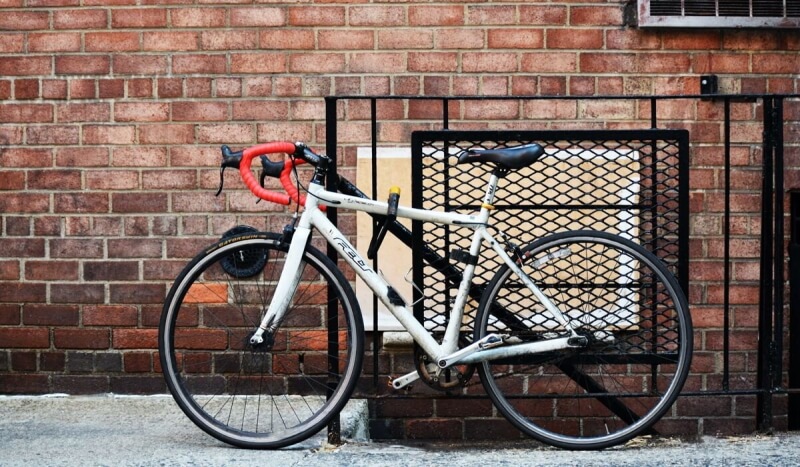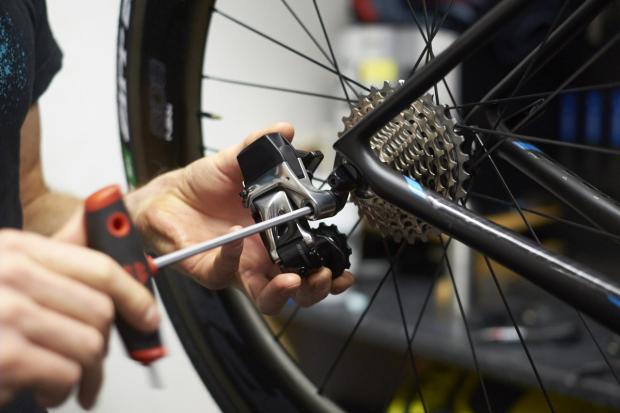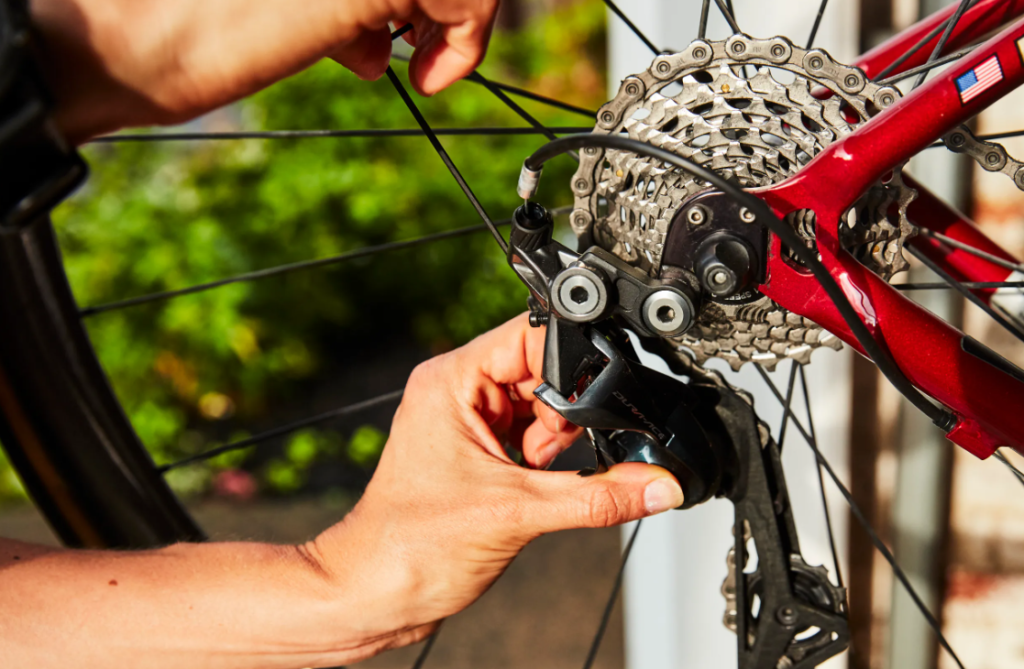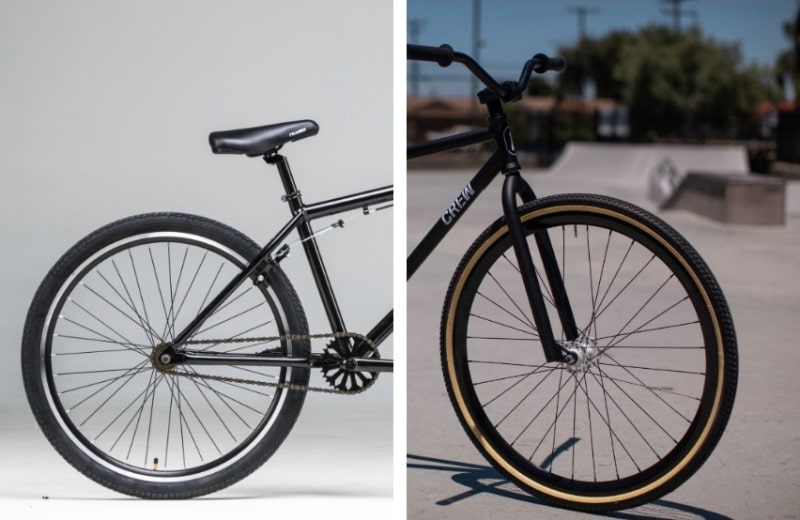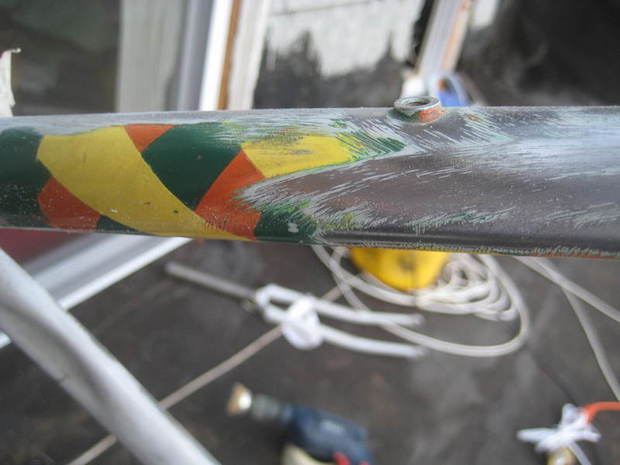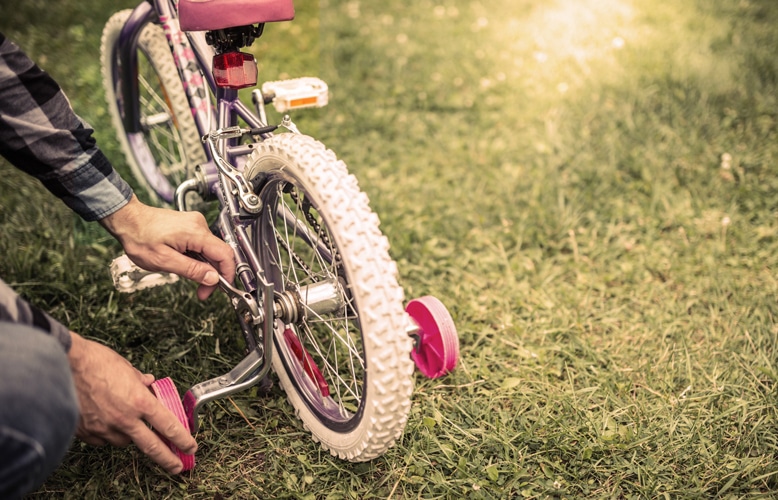- Trails
-
Bikes
-
Gear
-
Tips & Tricks
-
About us


Biking is one of the most popular activities in the world, and it is one way to keep yourself engaged and fit. Many people worldwide participate in this activity but do people know the proper gear to use?
There are different attachments and gadgets to use on your bike to make it more useful, but here we shall be discussing two mechanisms that can be attached to your bike’s sprockets. The freewheel vs cassette argument has been on for a while, but which is the better option? Although both have very similar appearances, they both serve different purposes. Find out more about the differences and the best option for you.
The freewheel, also called the block, is a bike attachment that consists of either one sprocket or multiple sprockets placed on a body containing an internal ratcheting system and placed on a threaded hub.
It should be known that freewheels are important on children’s bicycles. Usually, when kids go through rugged pathways, they’ll often have to backpedal to get through difficult areas. With a freewheel attached to their bike, they can easily maneuver and move back without stressing themselves. Through numerous reviews and different articles, we discovered that if you are looking for good bikes for your kids, check out the best BMX bikes for kids.
The freewheel makes your bike more convenient because it ensures free spinning while cruising around. A freewheel is defined as a clutch that is fit on the bike’s rear hub, allowing the back wheel to keep running from the rear sprocket when you stop pedaling.
There are different freewheel models, but according to reports, it can be said that the Hycline Bike Freewheel is the best option for you, and this is because it is compatible with the typically threaded bicycle rear hub and also because it is straightforward to install.
The cassette can be termed the best alternative to the freewheel. Although they are very similar in appearance, they both have different systems. The cassette was introduced in the late 1970s, and they have become popularly used on most bikes. Initially, they were made specifically for the more expensive bikes, but in this day and age, they can be found on almost all bikes.
The cassette has become a big hit and has taken over the freewheel’s use, which is due to its mechanism.
The cassette is built with a series of straight splines that connect the sprockets and the freehub. A cassette is a set of numerous sprockets that join the hub on the rare wheel of a bicycle.
If you are looking for the best cassette to attach to your bike, then, from multiple reviews, it is advised that you use the Shimano Ultegra R8000, as it is the most reliable option on the market. One of the reasons for its usefulness is the fact that it comes in multiple sizes.
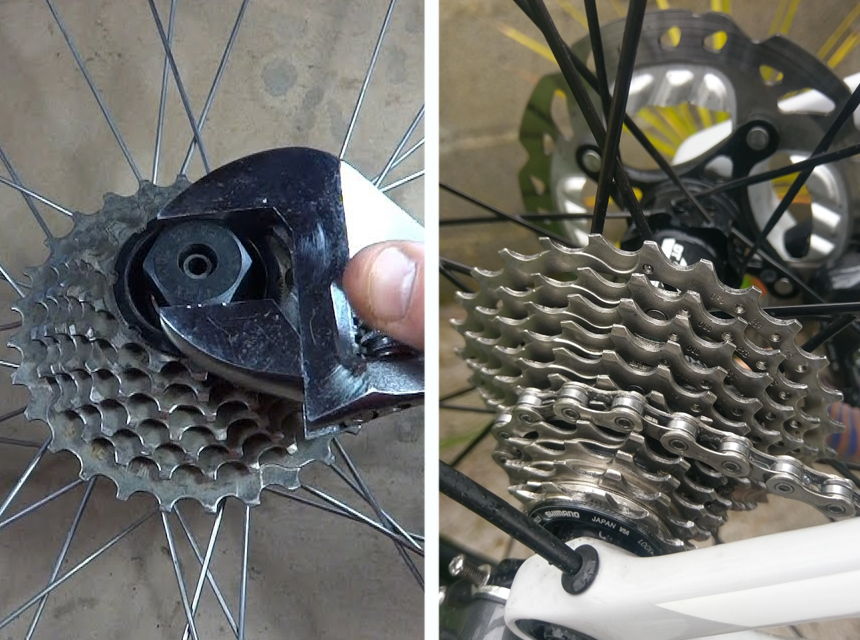
Now that we have established what precisely both are, let’s discuss the differences between the two products and what you should check when you are looking to make the right choice in picking between them.
The freewheel is an attachment of cogs that connect straight to the threads of the back wheels. It can be easily installed as there is no need to mount it onto a hub. It can be screwed directly. A freewheel usually uses one to seven cogs, and it has become scarce throughout the years, so finding a freewheel on your modern bike today is challenging. They are primarily found on kids’ bikes and older versions of bicycles, but as the world advances, users have become more accustomed to using cassettes on their BMX bikes Trusted Source What is BMX? | USA Cycling With so many cycling disciplines and so many more forms of racing in each discipline, things can get a bit confusing. usacycling.org .
Since the introduction of cassette attachments, they have become trendy. You can easily find a number of bikes around the world that are used more on less expensive bikes. The truth is the cassette has become very common, and this is because it is more modernized than the freewheel, and most derailleur bicycles make use of this newer design.
Both casual bikers and those who do more than a ride to the park usually have this attachment on, and if you are looking for a bike that can easily ride through different road surfaces and the roughest gravel platforms. If you are someone that prefers to ride through the gravel and more difficult pathways, then here is a compilation of the best gravel bikes that we feel will be the best option for you.
On the cassette, the cogs usually attach themselves to the body one at a time, and they are then stable as they are locked with a locking nut. The number of cogs on a cassette is usually more than on the freewheel, they are typically more than seven cogs, and it can be up to twelve, depending on the bike you are using. Most times, this attachment is attached to mid or high-ranged bikes that allow them to have more flexibility and durability when riding on different terrains and give them options to move at different speeds.
One thing that people usually look at when choosing between the freewheel vs. cassette is the fact that there are more options on the cassette. There are different types of cassettes, each with unique features and uses for different scenarios. The most common and used cassettes are the r oad and mountain bike Trusted Source Road bikes vs mountain bikes: Understanding the differences Explaining the similarities and differences between a road bike and a mountain bike www.cyclingnews.com cassettes.
The road bike cassettes usually make use of an eleven, twelve or thirteen-tooth small sprocket and a twenty-one or thirty-two large sprocket, and this is due to the fact that a road bike has smaller jumps between the systems, and they’re bigger and more formidable than the mountain bikes. If you’re struggling with inclines or hills, a larger sprocket should be used to ensure that you can spin and grind better.
There are also cassettes made for this particular purpose for mountain riders. Because different terrains and complex pathways come with riding off-road, this bike uses varying sprocket sizes. They make use of size eleven, twelve, and even thirteen sprocket sizes, which are essential for mountain bikes to use properly.
The more sprockets you use on your bike, the more gear you can use to make mountain climbing easier.
Mountain bikes no longer have to require the triple chain set Trusted Source Triple Chainrings with Short Rear Derailleurs If you look at the list of parts on my XO-1, you’ll notice that I use a standard cage Shimano 105 rear derailleur with a fairly wide range triple crank and a fairly wide range cassette. According to the specifications, this should not work, yet I and many others use setups like this. I also have a Shimano Ultegra rear derailleur on another bike with a “road” triple chainring setup. web.stanford.edu that reduces the cluster and manages the weight and balances the mechanical problems. If you are fond of mountain climbing, you should check out our list of the best mountain bikes. You can find the best products and suitable mountain bikes to serve you well.
So here comes the question, which is the better option: the freewheel or the cassette? The argument has caused a big debate in the biking world and it has been resolved that there isn’t any superior one in general but better options for different situations.
There are different advantages, as well as disadvantages of using both the freewheel and the cassette. It is essential that people are familiar with them so it will make the choice easier.
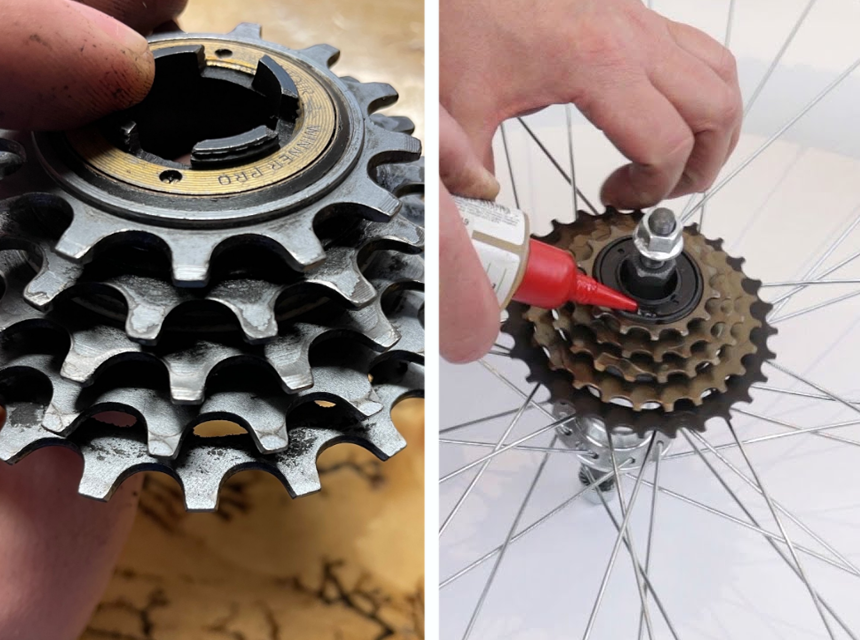
Pros
Cons
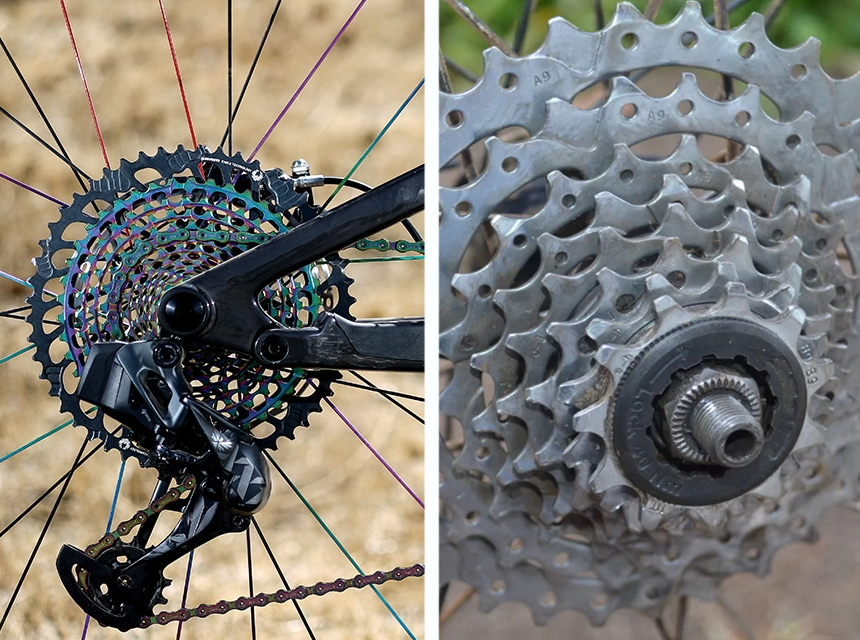
Pros
Cons
It is crucial to identify what type of system your bike has and to do so, you will need to start by removing the rear wheel from your bike, then turn the cogs attached in a backward direction. If only the axle doesn’t move, then it is a cassette. If a part of the block doesn’t move when you turn the cog, it is a freewheel.
Choosing the perfect system depends on which kind of bike you want and the purpose it will serve. The freewheel is more suited for casual and recreational bike riding, while the cassette is mainly used for challenging biking and more complicated situations. If you are biking through different pathways and various terrains and want a bike that can easily change speed, then the best option is the cassette.
Biking is an activity that most people globally participate in, it can be a stress reliever or a sport, and they are used for multiple reasons. There are different types of bikes, all serving different purposes and having unique designs. If you are a biker, it is vital to know the best system suitable for biking. Whether you are looking for a casual ride through the park or a complex ride up high mountains, then these two options are well suited for whatever you want. Now that you have understood the freewheel vs cassette argument, the differences, the advantages and disadvantages of both, and how they both work, the choice is up to you to choose what works best for you.
